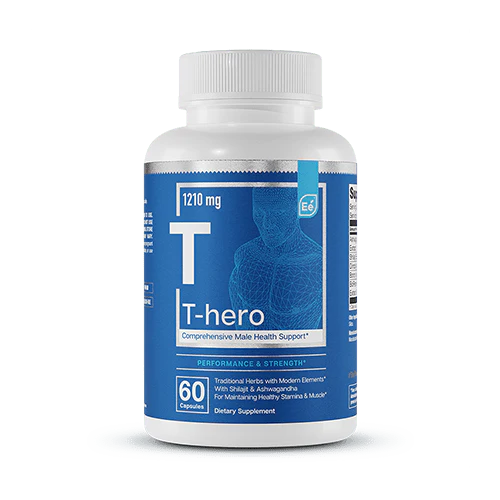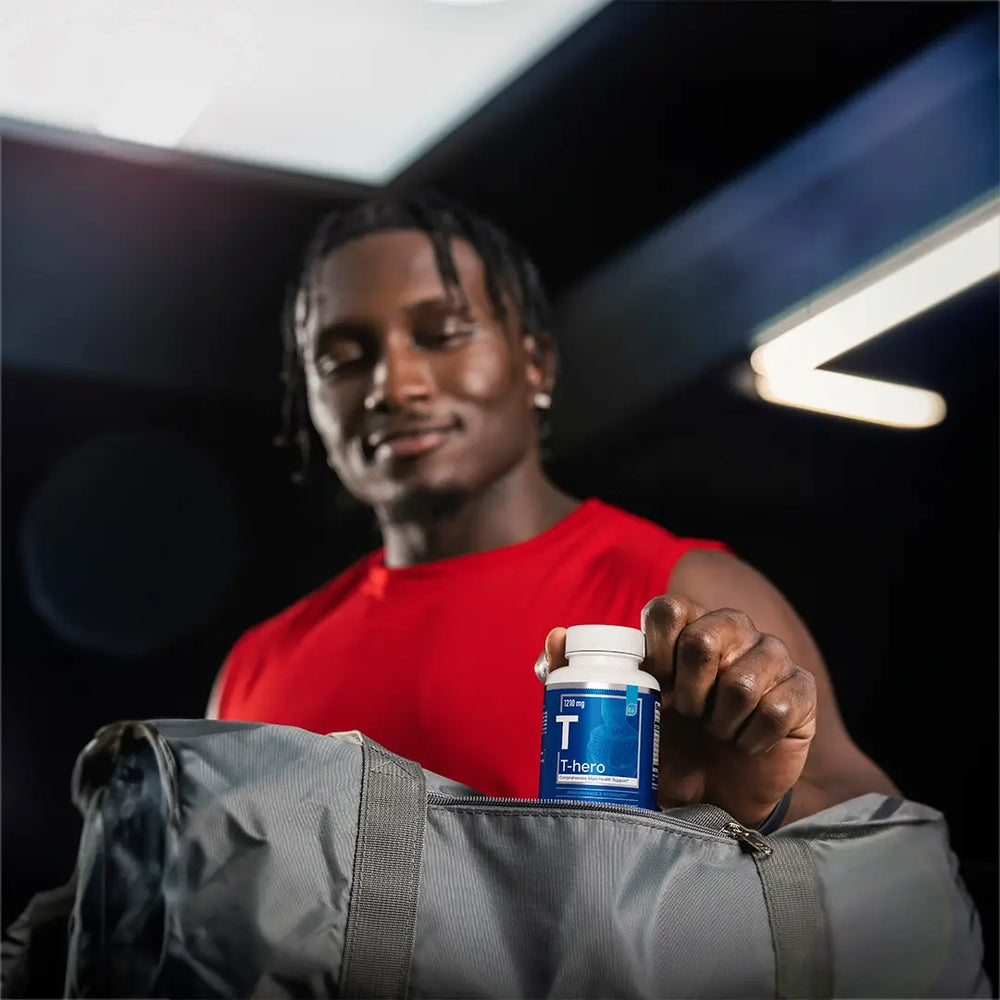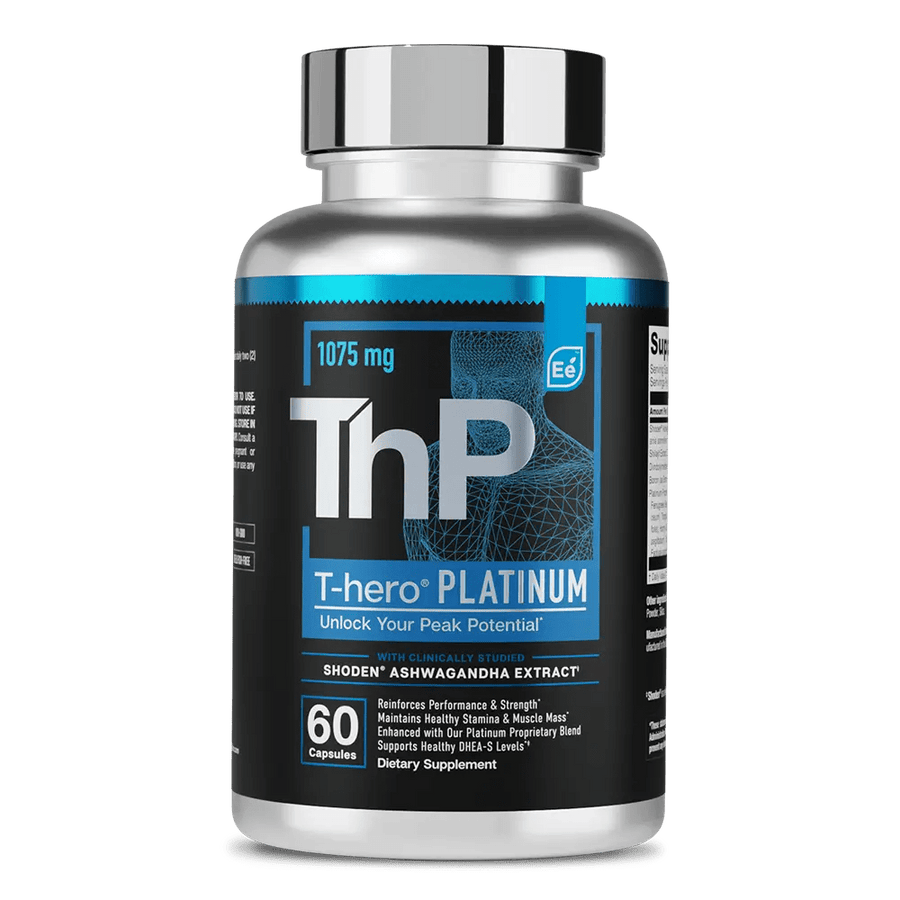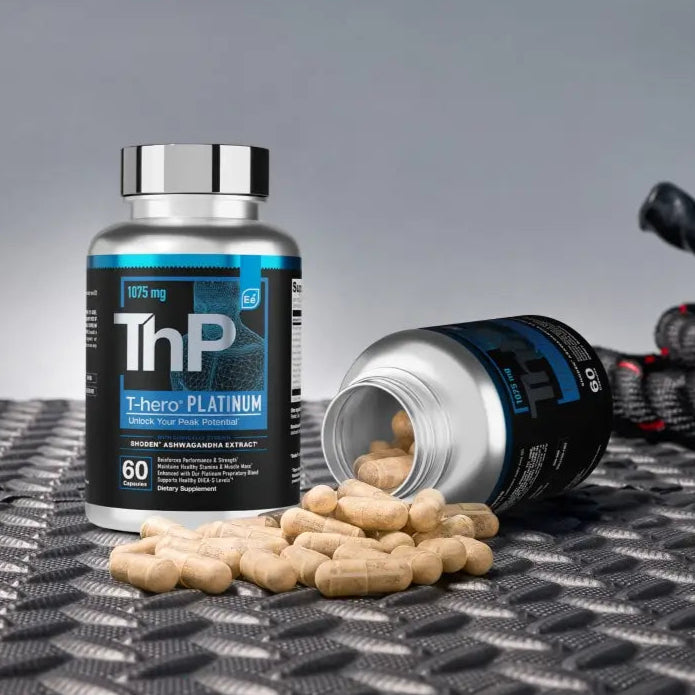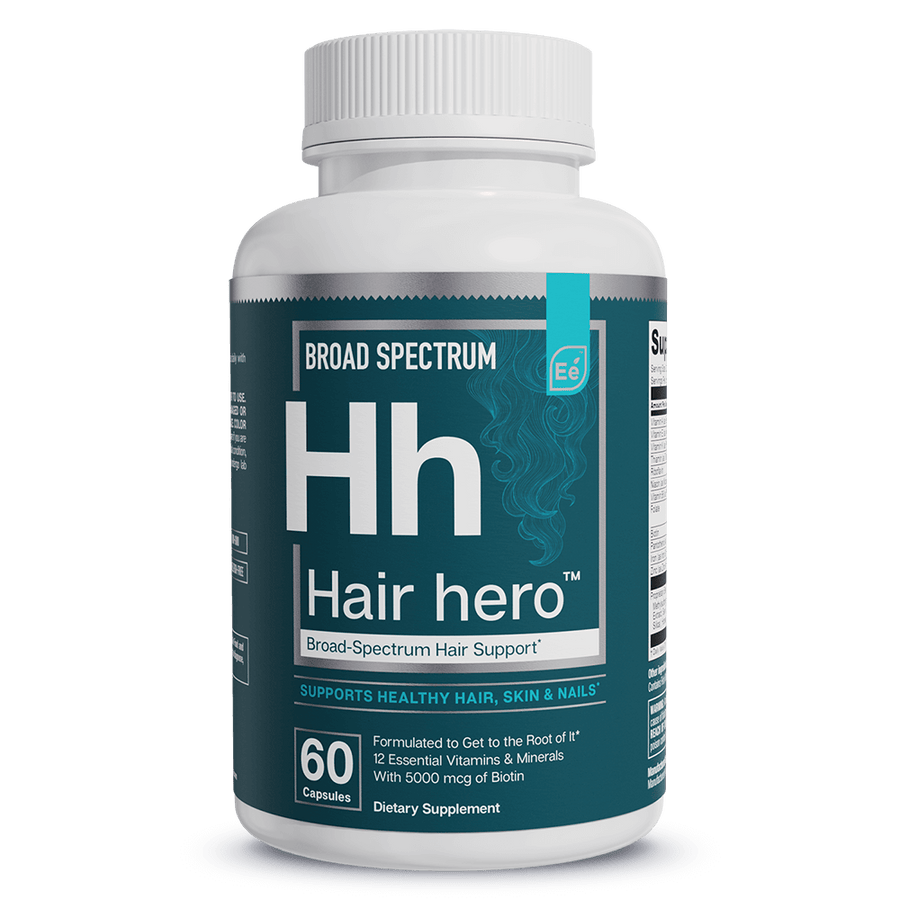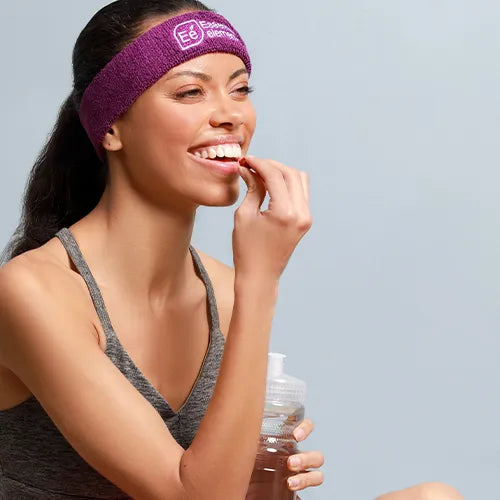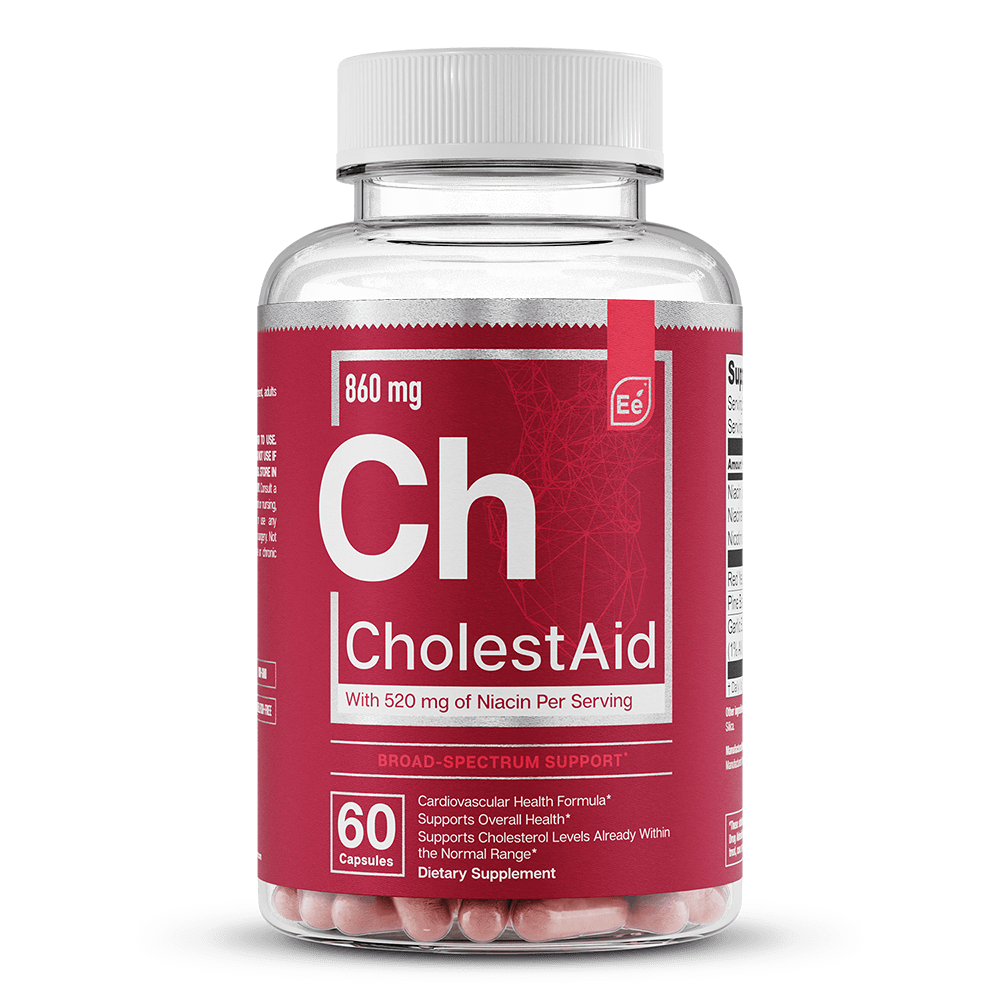The Best Exercises for Boosting Testosterone
Testosterone is an essential hormone for men's health. It plays a foundational role in maintaining muscle mass, bone density, energy levels, and overall vitality. While it's normal for levels to decline with age, your lifestyle choices—especially your exercise routine—can have a significant and positive impact.
Making smart, simple choices is at the core of a healthy life. Understanding which exercises provide the most effective results is key to supporting your body’s natural hormone production. This guide breaks down the science-backed movements that are essential for supporting healthy testosterone levels.
How Exercise Creates Hormonal Balance
Regular physical activity is one of the most powerful tools for supporting your body’s complex hormonal systems. When you engage in targeted exercise, you create a demand for your muscles to repair and grow stronger. This process signals your body to increase the production of anabolic hormones, including testosterone, to meet that demand.
It's important to understand that these hormonal increases are typically acute, meaning they are temporary spikes that occur after a workout.
However, consistent, long-term training contributes to an overall healthier and more resilient endocrine environment. By choosing the right kind of exercise, you can work with your body’s natural processes to promote hormonal balance and support your long-term wellness goals.
Top 3 Exercises for Healthy Testosterone Levels
For a smarter, more effective approach to fitness, focus your energy on these three foundational types of exercise.
1. Resistance Training: The Foundation of Strength
When it comes to weightlifting and testosterone, the connection is clear and well-documented. Resistance training, especially when it involves lifting moderately heavy weights, has been shown to produce a significant increase in testosterone levels both immediately after a workout and over the long term. The stress placed on your muscles acts as a powerful trigger for your body to adapt, build strength, and support its hormonal environment.
2. High-Intensity Interval Training (HIIT): Efficient & Effective
High-Intensity Interval Training (HIIT) is a perfect fit for a modern, active lifestyle. This method involves short, all-out bursts of intense exercise followed by brief recovery periods. Studies show that this style of training is exceptionally effective at boosting testosterone, often in much less time than a traditional workout. The intensity of HIIT for testosterone support is what makes it one of the best workouts for men’s health.
3. The Power of Compound Lifts
Compound exercises are efficient movements that engage multiple large muscle groups simultaneously. Because they recruit so much of your body at once, they provide the biggest hormonal response. Integrating these foundational lifts into your routine is the key to an effective testosterone-boosting workout:
-
Squats: Engages the entire lower body and core.
-
Deadlifts: A total-body movement that builds raw strength.
-
Bench Press & Overhead Press: Essential for building upper-body strength.
-
Rows & Pull-ups: Targets the large muscles of the back and biceps.
The Essential Element of Recovery
Intense exercise is only half of the equation. Your body needs time to rest and recover to actually produce testosterone and repair muscle tissue. In fact, most testosterone production occurs during sleep.
Overtraining can elevate cortisol, a stress hormone that has an inverse relationship with testosterone. When cortisol is high, testosterone is often suppressed. Prioritizing 7-9 hours of quality sleep per night is not a luxury—it's an essential component of hormonal health. Likewise, a balanced diet with adequate calories, healthy fats, and key micronutrients like zinc and Vitamin D provides the necessary building blocks for hormone production.
Sample Weekly Workout for Testosterone Support
Before you begin, remember to focus on proper form. If you are new to these exercises, start with lighter weights or even bodyweight variations to master the movements. The key to long-term results is progressive overload—gradually increasing the weight, reps, or sets over time as you get stronger.
-
Day 1: Strength Focus
-
Barbell Squats: 3 sets of 8-10 reps
-
Bench Press: 3 sets of 8-10 reps
-
Bent-Over Rows: 3 sets of 8-10 reps
-
Plank: 3 sets, hold for 45 seconds
-
Day 2: Active Recovery or Rest
-
Engage in light activity like walking or stretching.
-
Day 3: Strength & Intensity
-
Deadlifts: 3 sets of 5-8 reps
-
Overhead Press: 3 sets of 8-10 reps
-
Pull-ups (or Lat Pulldowns): 3 sets to your limit
-
HIIT Sprints (Treadmill or Bike): 6 rounds of 30 seconds max effort, 60 seconds rest
-
Day 4: Active Recovery or Rest
-
Day 5: Full Body Volume
-
Leg Press: 3 sets of 10-15 reps
-
Incline Dumbbell Press: 3 sets of 10-15 reps
-
Seated Cable Row: 3 sets of 10-15 reps
-
Dumbbell Lunges: 3 sets of 10 reps per leg
-
Day 6 & 7: Rest & Recover
Frequently Asked Questions
How often should you work out to support testosterone?
Aim for 3 to 4 strength-focused workouts per week. This provides enough stimulus for your muscles and hormones while allowing for the essential recovery time your body needs.
Is it better to lift heavy weights or do more repetitions?
A combination of both is ideal. Lifting heavier for fewer reps (e.g., 5-8) is excellent for strength and a strong hormonal response. Using moderate weight for more reps (e.g., 10-15) is effective for muscle growth. Incorporating both ensures a well-rounded and effective program.
Does cardio lower testosterone?
When done in moderation, standard cardio does not lower testosterone. However, excessive, long-duration endurance exercise (like marathon running) can sometimes lead to decreased testosterone and increased cortisol. For hormonal balance, prioritizing strength training and HIIT is a more effective strategy.
Medical Disclaimer: The information in this article is for educational purposes only and is intended to support healthy hormone levels in healthy individuals. It is not a substitute for professional medical advice, diagnosis, or treatment. If you have or suspect you have symptoms of low testosterone, please consult with a qualified healthcare professional.
